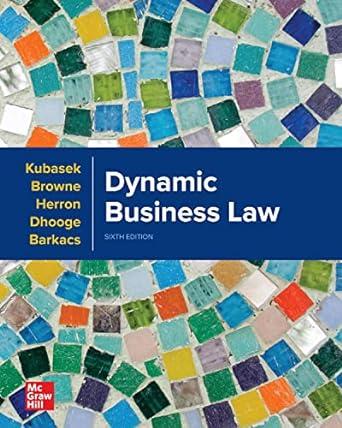Beginning on March 29, 2007, the Plaintiff Carolyn Johnson worked as an Administrative Coordinator at the LSU
Question:
Beginning on March 29, 2007, the Plaintiff Carolyn Johnson worked as an Administrative Coordinator at the LSU Health Science Center–New Orleans under the supervision of her alleged harasser, Defendant Dr. Jeffery Schumacher. Johnson alleges that on August 10, 2018, Defendant Schumacher “walked out of his office and [came] up behind [the P]laintiff and slapped her behind.” “[The] Plaintiff was completely disturbed by th[is] sexual contact and unlawful touching of her behind by the [D]efendant.” On August 16, 2018, Johnson“complained of the sexual harassment” to the Senior Employment Relations Consultant in Human Resources Management (HRM). As a result of this complaint, HRM initiated an investigation and referred Johnson to the Campus Assistance Program because of her troubled mental state. The Defendants did not change Johnson’s work location until September 18, 2018, when they informed her that her “sexual harassment allegation was substantiated.” The Defendants then agreed to move her to various offices within the LSU–Campus Division of Animal Care. They even relocated Johnson to the LSU Dental School campus. However, despite these various accommodations, Johnson went out on medical leave “due to her mental and emotional state of mind.” Subsequently, on May 22, 2019, the Defendants “terminated her employment while under doctor’s care for non-disciplinary reasons.” To demonstrate a claim of sexual harassment against a supervisor under Title VII, a plaintiff must prove: “(1) that the employee belongs to a protected class; (2) that the employee was subject to unwelcome sexual harassment; (3) that the harassment was based on sex; and (4) that the harassment affected a ‘term, condition, or privilege’ of employment.” In determining whether an environment is hostile or abusive, a court must look at the totality of the circumstances, including the frequency of the discriminatory conduct and its severity. The harassment must be severe or pervasive. An isolated and egregious incident may satisfy this requirement. In addition, the environment must be both objectively and subjectively offensive. Did the incident Plaintiff complained of rise to the level of “severe or pervasive”? How should the court rule in this case?
Step by Step Answer:

Dynamic Business Law
ISBN: 9781260733976
6th Edition
Authors: Nancy Kubasek, M. Neil Browne, Daniel Herron, Lucien Dhooge, Linda Barkacs





